
Gerardus ‘The Rebel’ Mercator
I learned writing italic through the manual of Mercator, which, still today, serves as a good base to teach my students.
I learned writing italic through the manual of Mercator, which, still today, serves as a good base to teach my students. It is extremely simple and therefore doesn’t take more than 3 lessons to improve someone’s handwriting.
Read the fascinating story behind his system!
What is it like to write an italic script?
In one word: fantastic! If your pace is steady, your hands are steady, your mind is steady, then things begin to flow.
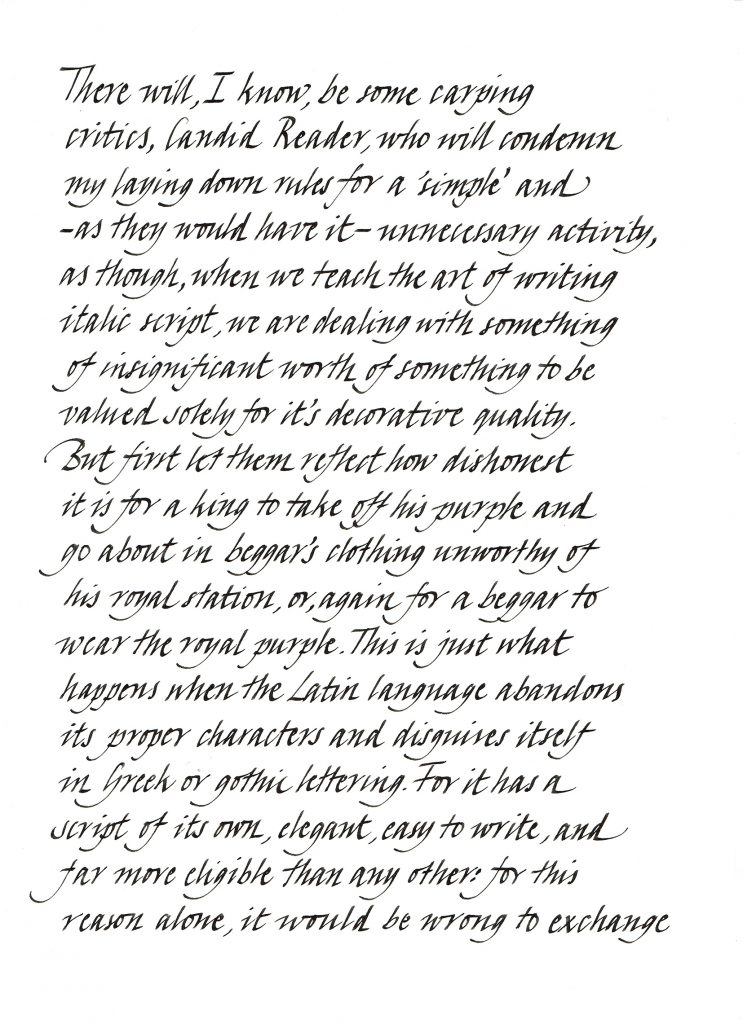
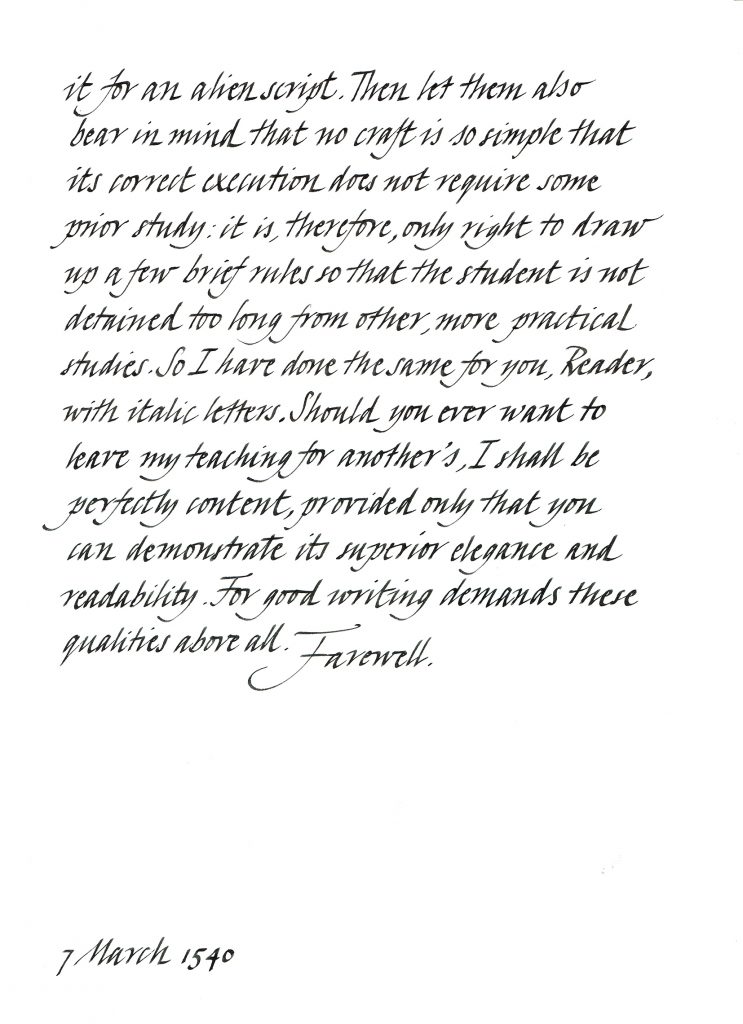
> Speeding up the things
The invention of the italic hand has been credited to Nicollò Niccoli in the fifteenth century during the Italian Renaissance. He thought writing roman script took too much time, so he wanted a script that speeded up things. It was a huge success and it soon spread over the rest of Europe.
This period also gave birth to the first treatises on calligraphy. The first book printed writing book to teach italic was printed in Rome in 1522, called La Operina by Ludovico deli Arrighi. Here in The Netherlands, there was Gerardus Mercator.
> Who was this man?
Mercator (his real name was Gerard de Kramer, but Mercator sounded more fashionable) was a 16th-century geographer, cosmographer, and cartographer from the County of Flanders. But let’s focus on his work as a penman. He wrote Literarum latinarum, a small instruction manual about writing cursive.
From the introduction in his book, it looks like he was quite modest: ‘It is only right to draw up a few brief rules so that the student is not detained too long from other, more practical studies’. His approach is defensive, and it looks as if a passionate debate was going on at Louvain University (where he was studying). Critics had scoffed at the italic hand (as they have done since) as a trivial thing which, at best, was no more than decorative and was not worth teaching. Mercator rejects these criticisms and contends in his turn that a short treatise on the subject is fully justified. It is in keeping with Mercator’s gentle character that he is not a fanatic about italics, and he ends his preface by telling the reader that he does not wish to force italic on him if he can find something else that is just as elegant and legible.
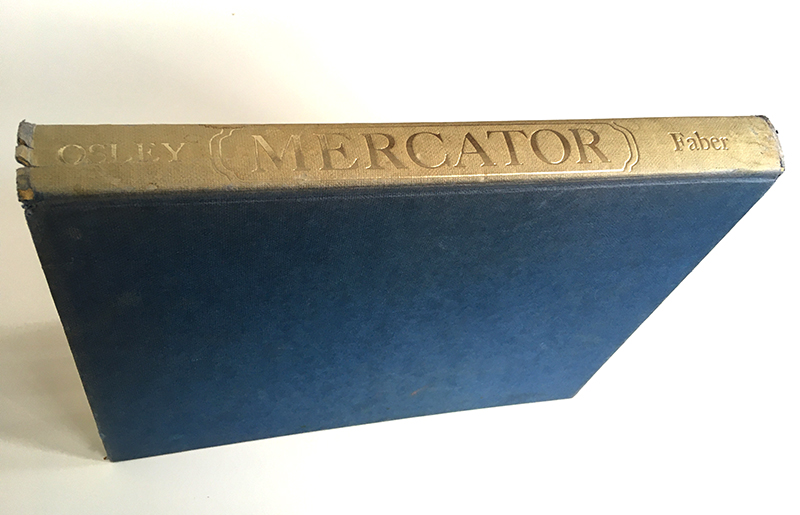
I have been studying both manuals (Arrighi and Mercator). I think Mercator is much more straightforward, probably because of his scientific approach. Mercator had a university education and scientific training in mathematics and philosophy, while Arrighi was a practical craftsman, whose skills were directed mainly to the graphic arts.
Mercator was also much younger when he wrote his manual, which makes him look like he was an annoying rebel that was not to be taken seriously. He aimed to develop his hand further to meet the needs of the new technique of copper-plate engraving. In his time, he was a true creating pioneer!
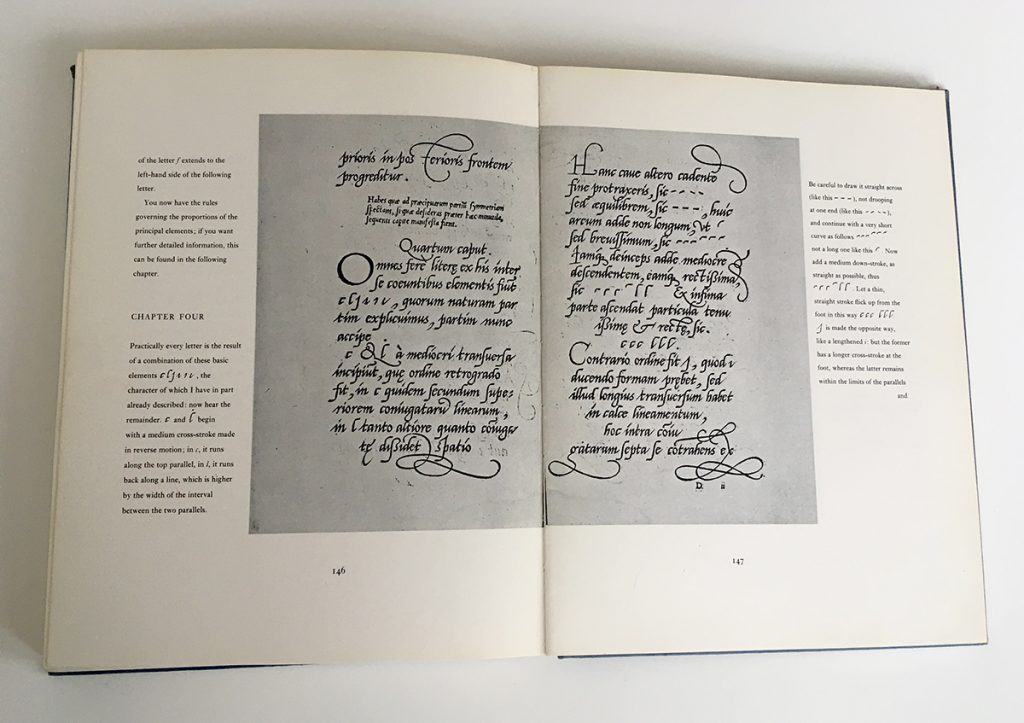
His attitude is more systematic, though not necessarily more profound than Arrighi’s. His analytic, systematical approach helps you understand the construction FAST! It all boils down to these few strokes, of which all letters can be made.
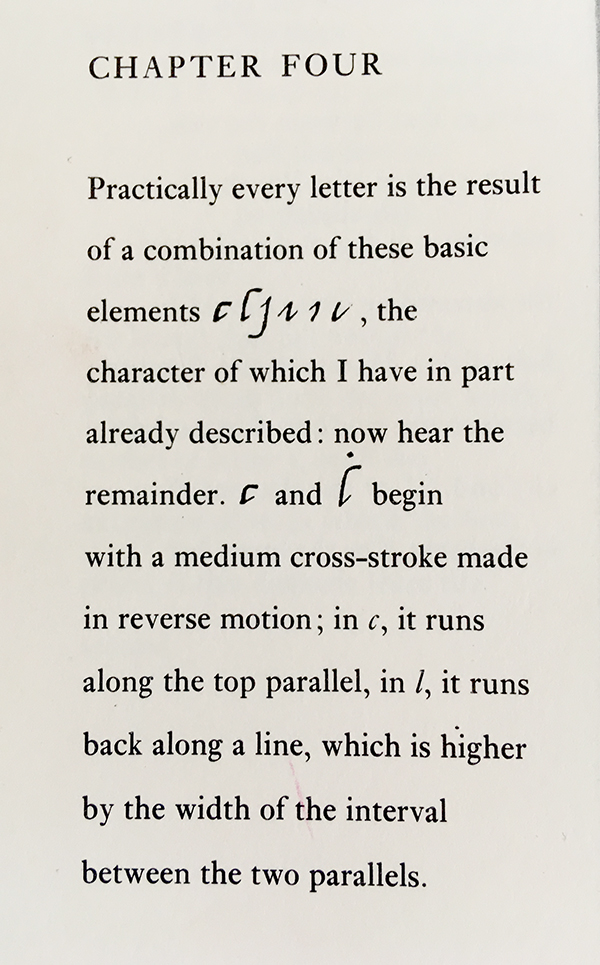
So if you are in need of a simple and fast way to learn italic writing, please get yourself a copy of his book.
THANK YOU Mercator, for providing a timeless script that proves itself in a modern context!

I learned writing italic through the manual of Mercator, which, still today, serves as a good base to teach my students.
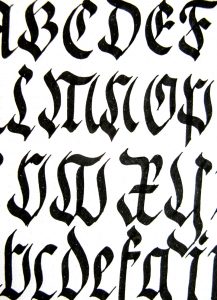
Honestly, I always feel a bit embarrassed to call myself a calligrapher because of its frumpy identity.